Last week, FAA Administrator Mike Whittaker unexpectedly stepped down after just over a year in office. His brief tenure raises questions about whether significant reforms are possible in a sprawling bureaucracy like the FAA. Yet, with our national air system facing mounting challenges—from air traffic controller shortages to outdated medical policies—a visionary leader could seize the moment to enact lasting change. Here are seven critical priorities for the next Administrator to restore confidence and efficiency in America’s skies.
1.) Solve The Air Traffic Controller Shortage
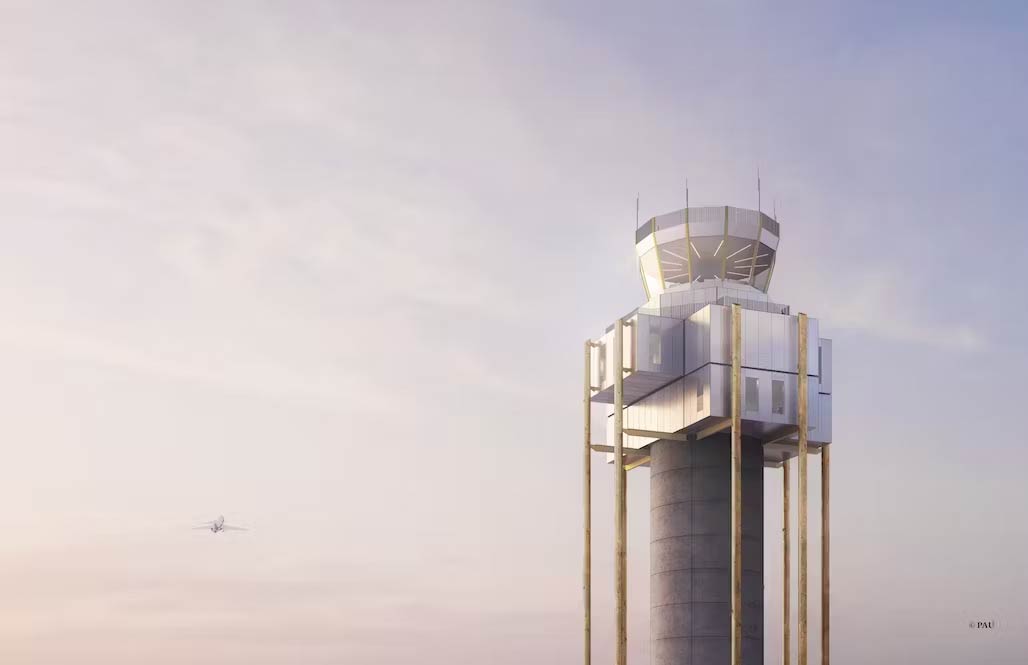
Air Traffic Controllers have one of the most difficult and stressful jobs in the industry. It’s always been that way and it likely always will be. It’s the nature of the job. What can be fixed though is how few of controllers we have across the nation.
A 2024 report stated that a staggering 77% of Air Traffic Control facilities were understaffed. Trained controllers are often forced to work overtime to fill critical needs. The FAA has made some progress on this issue. The FAA has hired over 3,300 controllers in the past two years with another 2,000 planned next year.
The challenge, however, is the lengthy training process. A new controller might be ready for a busy day in Birmingham, Alabama’s tower after a few years of training but it will be years before they are ready to manage the traffic flow at busy airports like Atlanta or Chicago O’Hare. Without addressing this issue though, ATC delays will continue to grow and place the entire industry at risk.
Gen Z and younger generations also aren’t as attracted to a stressful government career. The FAA has to find ways to make the job more attractive and fulfilling. The FAA needs to adapt to a changing talent marketplace. The future of an industry that contributes almost one trillion dollars to our nation’s GDP depends on it.
2.) Modernize Airspace and Tower Classifications

The country’s airspace is divided into two different categories of airspace, regulatory and non-regulatory. Within the regulatory airspace, there are 4 different types all designed around the type of aircraft and the volume of operations. It’s worked for generations, mostly. The issue is that the airspace is largely static, regardless of volume changes over time.
Airports that were once hubs like Cincinnati, Cleveland, or Pittsburgh remain class B airspace even if their volume of traffic have decreased greatly from 20 years ago when they were hubs. They are still Class B today. Class B airports receive a significant amount of controllers and logistics to handle the expected aircraft operations, even if the current volume may not require it. On the other hand, you have airports like Austin, Texas that remain a paltry Class C even though it is the 29th busiest airport in the United States.
Earlier this year, an American Airlines 737 came dangerously close to a single engine aircraft who was operating outside of Class C airspace but within the approach corridor of Austin Bergstrom Airport. While unwise, the private pilot’s flying was completely legal. Class B airspace would have prevented the possible critical safety issue.
This issue extends to towered and non-towered airports as well. As an example, last year a JetBlue plane went beak to beak with a light twin aircraft at Hayden, Colorado. The airport has a number of commercial flights every day but still lacks a tower.
These airspace issues are about streamlining operations in some cases and correcting critical safety issues in others. Airspace is consistent for good reason but there should be a process to review and adjust sizing on a much more frequent basis to enhance smooth operations and safety.
3.) Fix The FAA Medical Process Now!
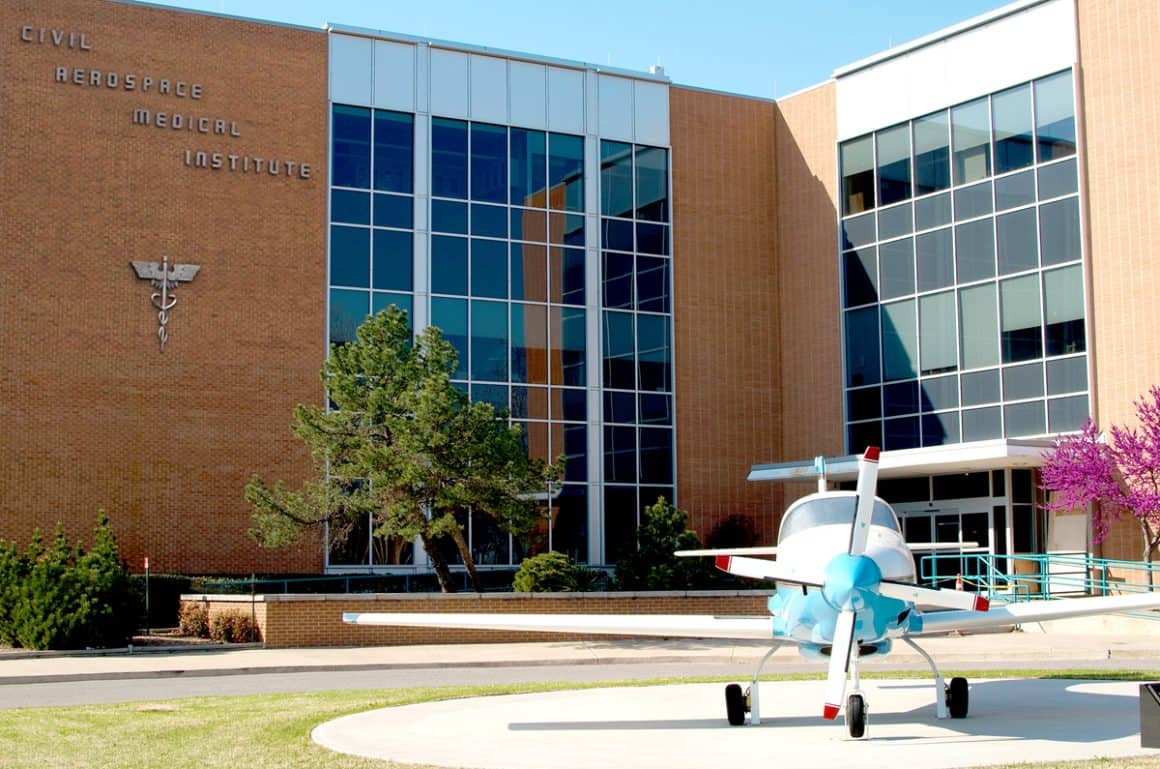
The FAA medical process is a bureaucratic nightmare. If you are a pilot in perfect health it might not seem so bad. You just walk into a doctors office, get your blood pressure checked, read an eye chart and you walk away with your certificate for another six months to two years. For most other mortals though, it can be a nightmare.
Pilots with issues can wait months and years to regain their medical after being prescribed a medicine. If someone is diagnosed, then cured of cancer, it can be a very time-consuming affair too. Change.org petitions have sprung up highlighting the challenges with regaining one’s medical.
The problem is a lack of resourcing by the FAA, confusing regulations, and the lack of ability to reach out to a human when you have questions. Sure there are great organizations like Wingman Med to guide pilots through the process but it can be costly. The fact that organizations like these have to exist is a reaction to a broken system, not the solution.
4.) Encourage Pilot Access to Healthcare
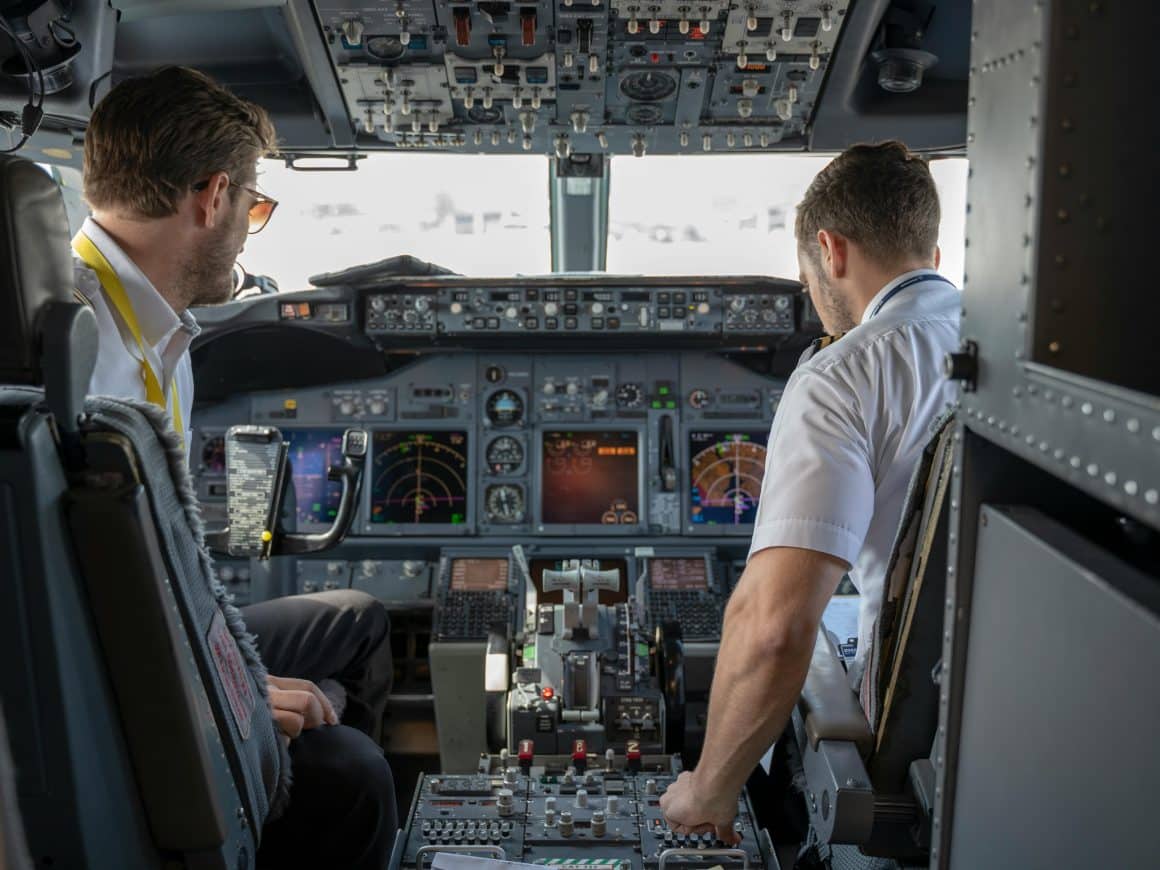
Pilots livelihoods depends on obtaining and maintaining a medical clearance. Yet pilots are just like every other person in America. Pilots face tragedy, divorce, relationship challenges, and financial difficulties just like every one else.
The challenge for pilots though is that speaking out for help could lead to the loss of their ability to do their job. A 2022 study said that 56% of pilots fear seeking health care because it could affect their ability to continue flying.
To be fair, the FAA has announced some changes to encourage pilots to receive the help they need. For many though, pilots still live in fear of receiving any medical care, particularly mental health care. For them, the recent changes don’t go far enough.
A similar challenge exists for pilots who are veterans. The FAA suspended medicals for a number of pilots who did not accurately report their disabilities on their medicals. No one should condone lying. This action though did make many veterans nervous.
The FAA has an opportunity on both mental heath and veteran benefits to explicitly state their policies and make them much more transparent and pilot friendly.
5.) Fix NOTAMs, No Really This Time
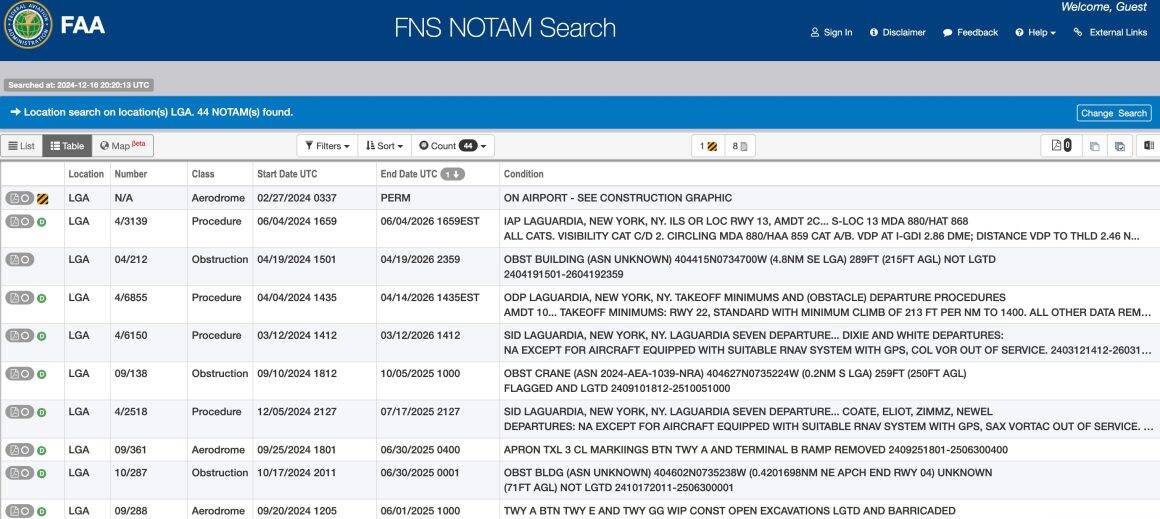
There’s no way around it. Our US NOTAMs system is trash. Even the former NTSB chief called them garbage in 2018. The last administration acted liked they fixed NOTAMs by changing the name from Notices to Airman to Notices to Air Missions. It was heralded as a way to be more inclusive. Unfortunately, that didn’t fix the core issue that continues to use a system built on teletype to convey critical safety updates to pilots.
NOTAMs need a huge facelift. They need to display information in a much more digestible format highlighting criticality first, not just date of publishing. Pilots are visual. NOTAMs should visually depict closed runways and taxiways. While some apps like Foreflight and Jeppesen on Electronic Flight Bags have helped, so much more needs to be done.
NOTAMs have been a contributing factor in multiple mishaps and countless more incidents. This fix would enhance safety and remove one more possible link in the error chain.
6.) Address Checkride Backlogs
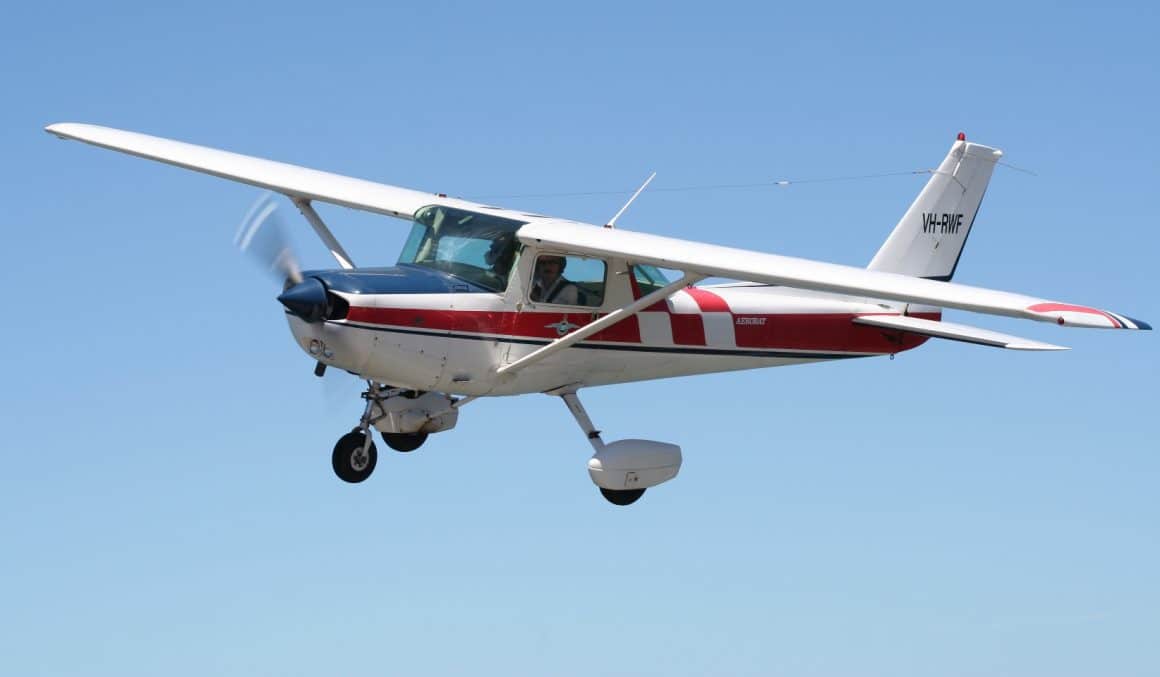
If the FAA truly wants to create a more diverse industry of aviation professionals, it needs to do more than changing the titles of their tools. The FAA needs to invest in unjamming the backlog of checkrides. On forums across social media, student pilots frequently post desperately trying to find a DPE (Designated Pilot Examiner).
DPEs are a hot commodity these days driving by both the growth of pilot training and the difficulty of becoming one. It used to be $400-$600 for a checkride. They could frequently be scheduled a week or two in advance.
Now the wait can be months, particularly in more remote areas. The cost for a checkride can be over $1000 too. This system harms everyone but particularly people who are self-financing their aviation career.
7.) Accelerate Aircraft Certification and Innovation
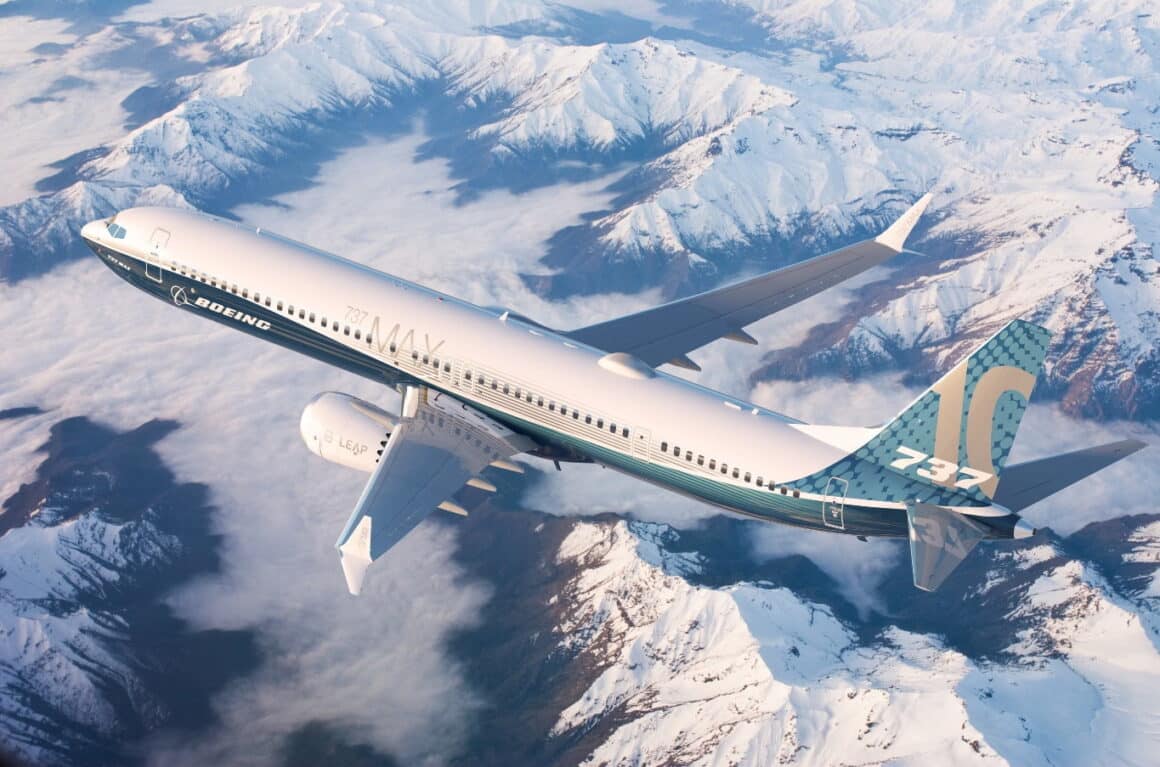
It’s no secret that Boeing has had a plethora of issues. Their Boeing 737 MAX -7 and -10 and their 777-9 have all been severely delayed. There are good reasons for the delays yet our nation still depends on Boeing and needs it to be successful.
On another front, there is a fresh new industry of eVTOLs that are emerging. New types of aircraft will require a new way of thinking to ensure safety but also ensure that America retains its global leadership position.
Equally important, the FAA oversees spaceflight. Recent Starship test launches were treated as accidents if they didn’t land as intended even though there was no property damaged or people hurt. The agency has to think differently about testing and development.
The FAA has a tremendous opportunity to streamline and modernize their certification processes for the good of our nation while still ensuring safety.
You Have The Aircraft
These seven priorities represent not just a wish list but a potential roadmap for the FAA’s next Administrator to ensure the safety, efficiency, and sustainability of our aviation system. America’s airspace is a cornerstone of global commerce and connectivity. Addressing these challenges head-on is essential for maintaining our leadership in the skies.

[…] post Seven Things The New FAA Administrator Should Do To Fix Our Nation’s Skies appeared first on […]
The current administration did fix NOTAM system the way they were intending: to make it more inclusive. Now everyone hates it completely, including the new name.
Number 8 could be a more proactive process for integrating and regulating both commercial and hobbyist UAS traffic into urban airspace.